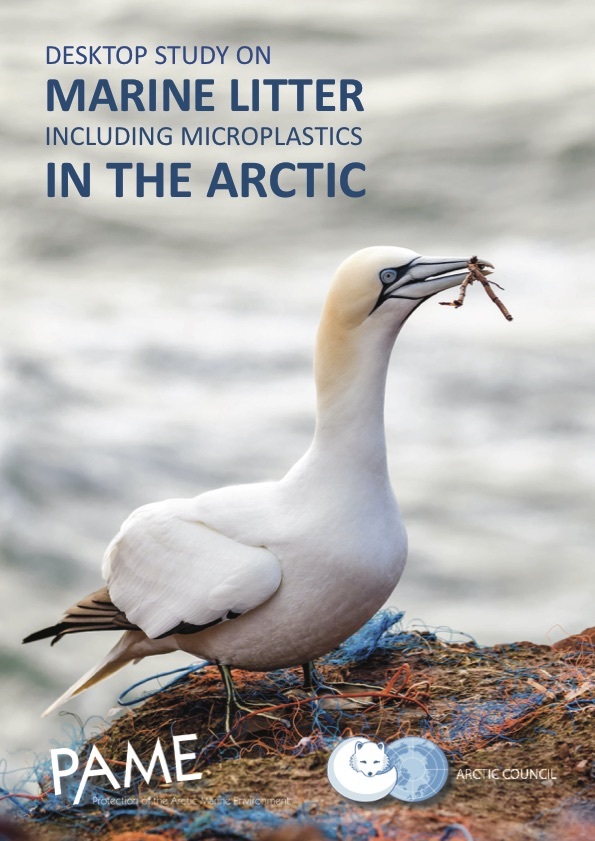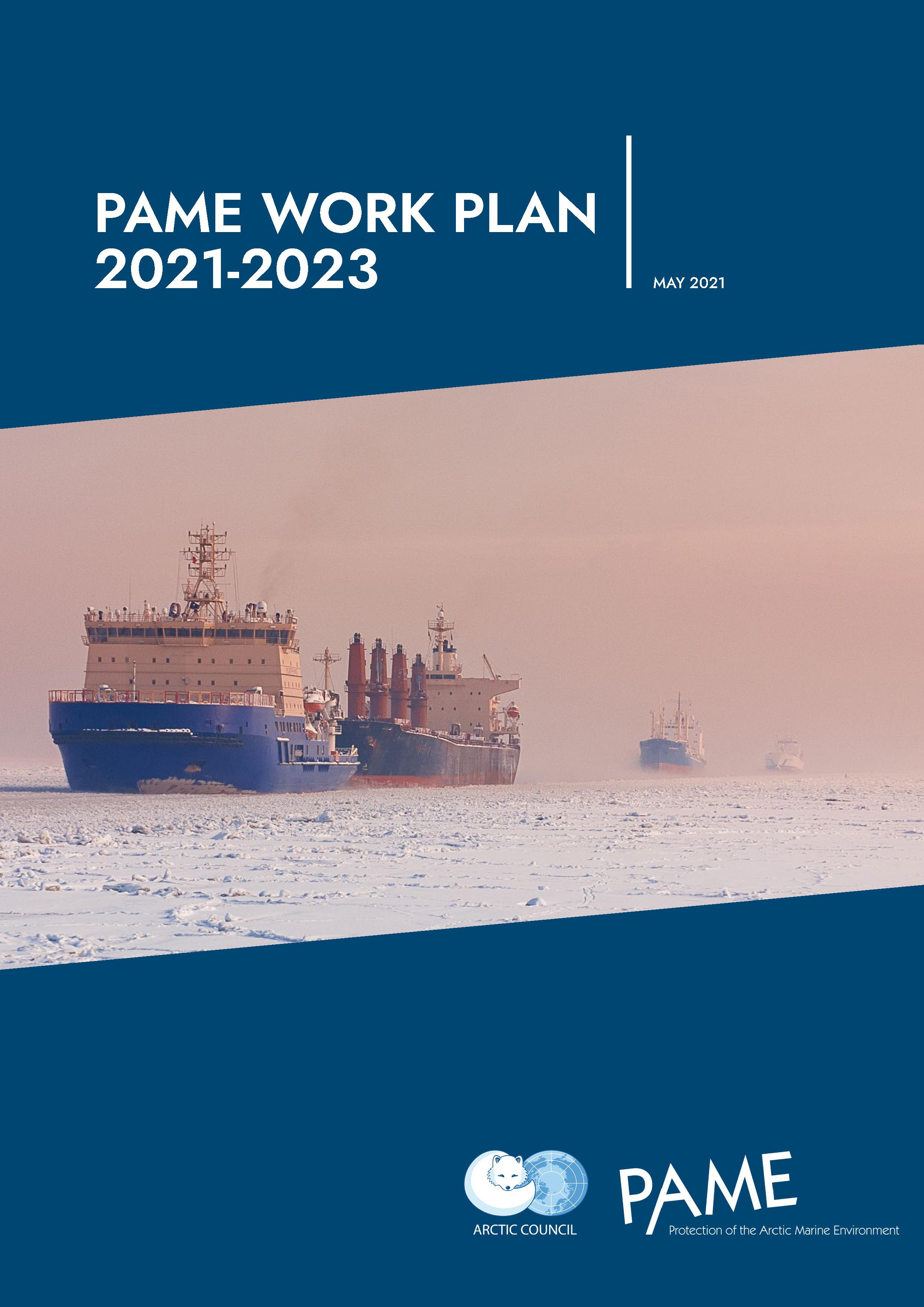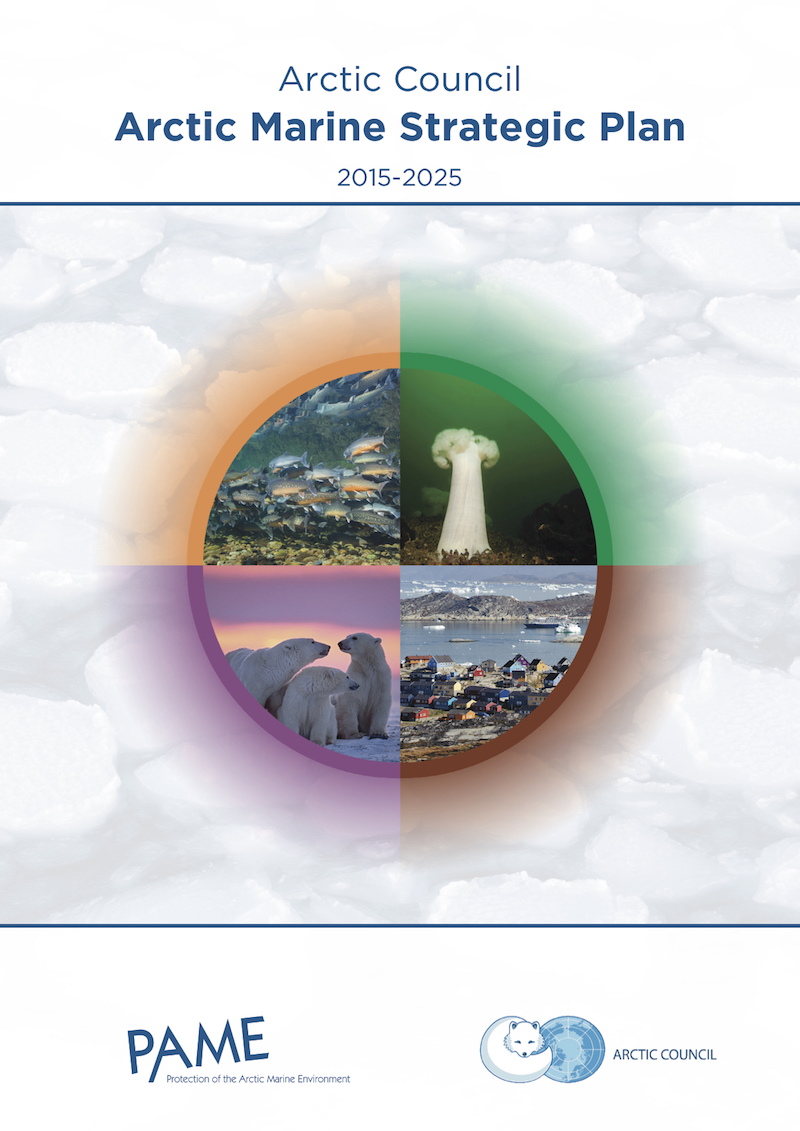This review focuses on the effect that ghost gear entanglement has on marine megafauna, namely mammals, reptiles and elasmobranchs. A total of 76 publications and other sources of grey literature were assessed, and these highlighted that over 5400 individuals from 40 different species were recorded as entangled in, or associated with, ghost gear. Interestingly, there appeared to be a deficit of research in the Indian, Southern, and Arctic Oceans; and so, we recommend that future studies focus efforts on these areas. Furthermore, studies assessing the effects of ghost gear on elasmobranchs, manatees, and dugongs should also be prioritised, as these groups were underrepresented in the current literature. The development of regional databases, capable of recording entanglement incidences following a minimum global set of criteria, would be a logical next step in order to analyse the effect that ghost gear has on megafauna populations worldwide.
 This is a collection of submissions on marine litter literature of relevance to the Arctic based on a dedicated submission form sent out to Arctic Council members and experts in Fall 2017. This was in support of the development of the Desktop Study on Marine Litter, including Microplastics in the Arctic (May 2019) with the aim to:
This is a collection of submissions on marine litter literature of relevance to the Arctic based on a dedicated submission form sent out to Arctic Council members and experts in Fall 2017. This was in support of the development of the Desktop Study on Marine Litter, including Microplastics in the Arctic (May 2019) with the aim to:




